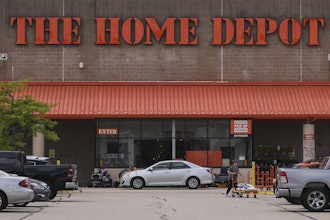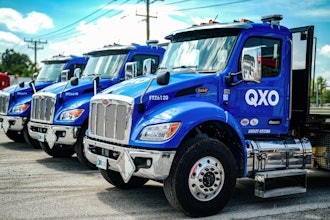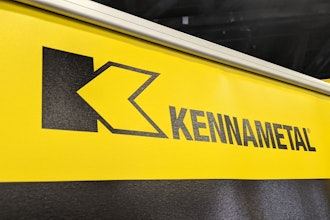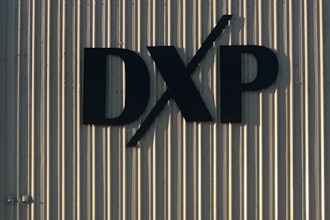
Tool and equipment maker Stanley Black & Decker posted a decline in sales in its latest quarter due to what officials called a “slow” buying season for outdoor equipment and shipment disruptions tied to tariffs.
The company reported net sales of $3.9 billion in the quarter, down 2% compared to the same quarter last year; sales volume was down by 4%, which was partially offset by 1% benefits tied to both pricing and currency impacts.
The company posted $101.9 million in net earnings, reversing a loss in the second quarter of 2024. Gross profit of $1.07 billion, meanwhile, was down year-over-year, and led to a gross margin that dipped 140 basis points to 27%.
Stanley Black & Decker officials called the results “solid” amid a “dynamic operating environment,” and highlighted growth in its DeWalt tool brand due to resilient demand from professionals in the quarter.
The company also issued a forecast for 2025 earnings of $4.65 on an adjusted basis and $3.45 — with a margin of error of plus or minus $0.10 per share — on a GAAP basis. Stanley expects tariffs to curb earnings by $0.65 for the year, net of price adjustments and supply chain shifts; that would translate to a gross annualized tariff impact of approximately $800 million.
“We are planning for a range of possible outcomes in 2025 and remaining nimble as we closely monitor the demand environment and judiciously pursue tariff mitigation actions to deliver progress on our long-term margin journey,” CFO Patrick Hallinan said in the company’s earnings release. “We expect to continue strategically adjusting our costs and inventory to protect earnings power and cash flow, while preserving our innovation and brand activation focused growth investments.”
COO Chris Nelson — who will become the company’s CEO later this year —added that the company is “executing a robust plan designed to mitigate tariffs” as well as making supply chain adjustments to “leverage the strength of our North American footprint while optimizing our overseas supply chain inputs for the U.S. market.”






















